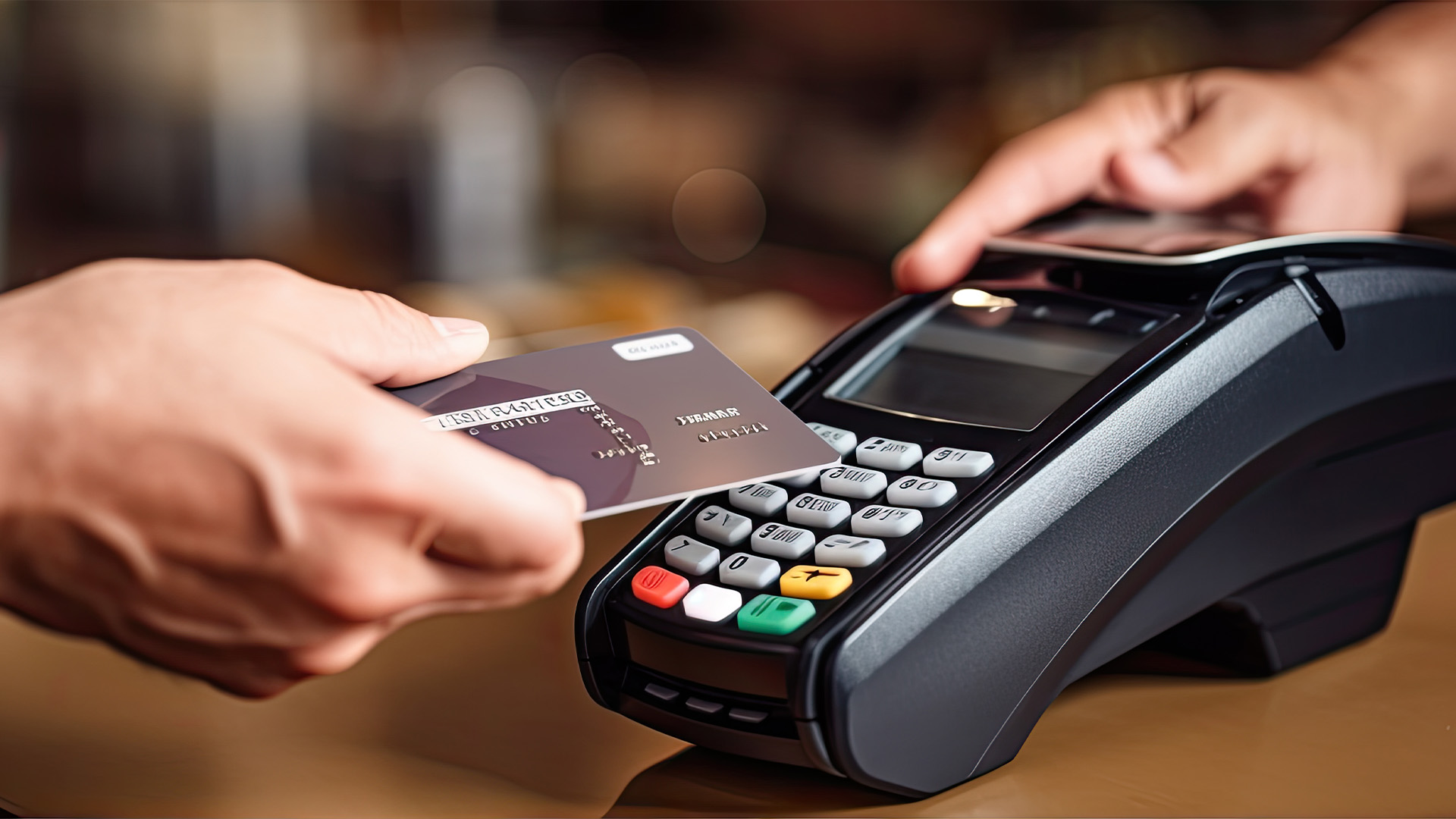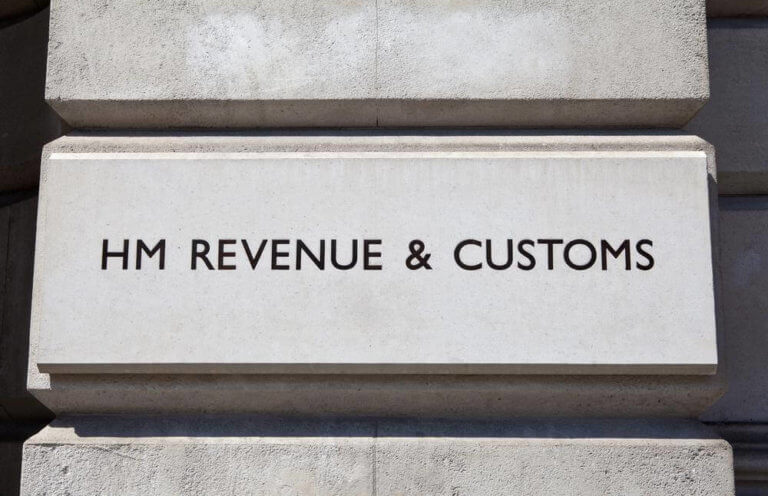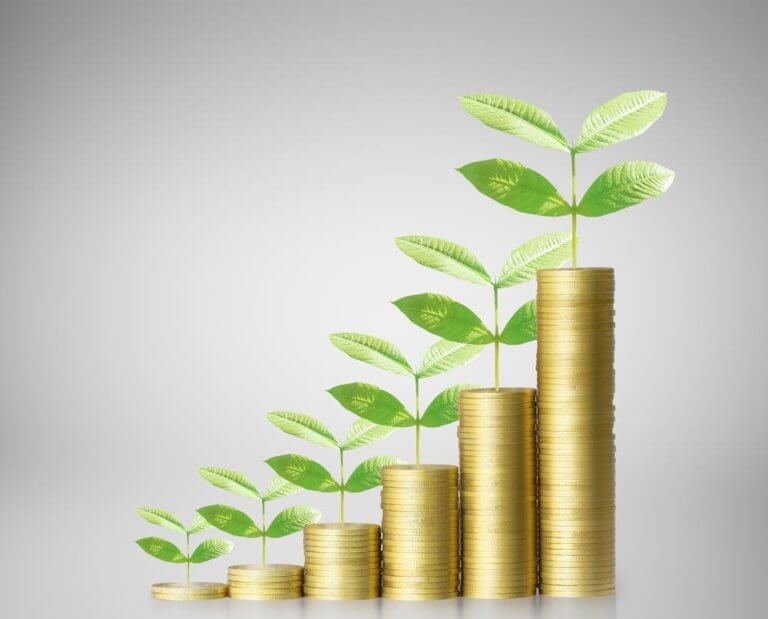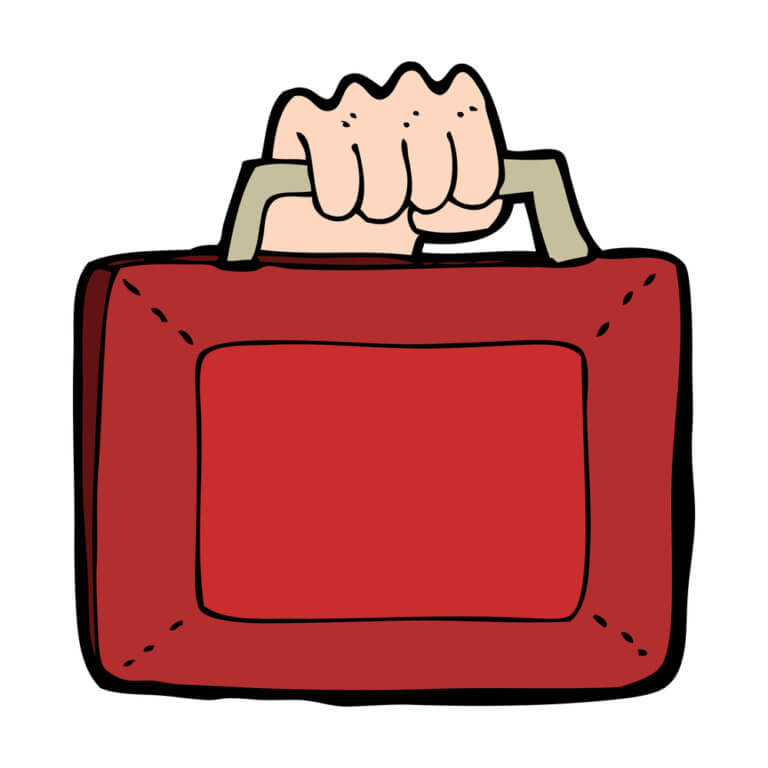
UK Finance has released its latest Payment Markets Report which shows payments trends across 2022 and forecasts to 2032.
Key findings for 2022:
- Total number of payments increased to 45.7 billion, up from 40.4 billion in 2021.
- For the first time, half of all payments (50 per cent) in the UK were made using debit cards.
- The number of cash payments increased to 6.4 billion payments (6 billion in 2021) although the proportion of payments made using cash fell slightly from 15 per cent to 14 per cent.
- The number of contactless payments increased by 30 per cent to 17 billion.
- Nearly a third of adults are registered for at least one mobile payment service, while 86 per cent of adults used a form of remote banking.
- Continued growth in the use of Faster Payments by both consumers and businesses.
The total number of payments (consumer and business) in the UK last year increased to 45.7 billion, up from 40.4 billion in 2021.
Payments made by businesses accounted for 13 per cent of the number of all payments made in the UK during 2022. However, due to the high average value of business payments, these accounted for 82 per cent of the total value of payments made. Consumers made 87 per cent of all payments, accounting for 18 per cent of the total value of payments.
UK Finance’s data suggests that there has been a shift towards an increasing number of transactions that are each worth a lower amount, without necessarily increasing the overall amount spent.
Anecdotal evidence suggests that people are, for example, making more smaller visits to supermarkets rather than doing one large shop. In addition, as more people work from home, purchases of travel cards have fallen significantly as people instead pay for individual journeys – therefore increasing the number of travel payments.
Credit and debit cards
Debit cards remain the most popular payment method and volumes increased by 18 per cent during the year to just over 23 billion payments (2021: 19.5 billion).
As a result, for the first time, half of all payments in the UK were made using debit cards.
Payments made using credit cards increased by 19 per cent from 3.4 billion in 2021 to 4.1 billion in 2022.
Contactless
Across both debit and credit cards, there were 17 billion contactless payments, a 30 per cent increase on the 13.1 billion made in 2021.
Contactless payments were used extensively throughout the UK in 2022, with 87 per cent of people making contactless payments at least once a month or more frequently.
The average value of contactless payments continued to grow in 2022 at £15.10, up from £12.66 in 2021.
Cash
The long-running trend in cash has been one of continued decline, although it remains the second most frequently used payment method.
The total number of cash payments made in the UK during 2022 increased to 6.4 billion, (2021: 6 billion).
Due to the higher total volume of payments, the share of payments made using cash still fell slightly, from 15 per cent to 14 per cent. A decade ago, 54 per cent of all payments were made with cash.
Growing fears about inflation and the rising cost of living have meant some people are making greater use of cash as a way of managing budgets.
There were 21.6 million people who used cash only once a month or not at all in 2022, down from 23.1 million the year before.
There were 0.9 million consumers who mainly used cash in 2022, down from 1.1 million in 2021 and 2.2 million five years previously in 2017. These consumers use cash when doing their day-to-day shopping, although the majority still use other payment methods to pay their regular bills.
Remote banking
Remote banking (online, mobile, or telephone) remained popular in 2022 with 86 per cent of adults using at least one form last year.
The majority of people across all age groups used remote banking in 2022, ranging from 80 per cent of those aged 65 and over to 95 per cent of people aged 25 to 34.
The number of remote banking payments processed via the Faster Payments Service continued to grow strongly, increasing 17 per cent to 4.3 billion payments. Use of remote banking by businesses contributed to this strong growth.
Mobile Wallets
As well as using contactless cards, other devices such as mobile phones are increasingly being used to make contactless payments.
Thirty per cent of the adult population reported being registered for at least one mobile payment service in 2022, with younger people more likely to be making use of mobile wallets.
Overall, use of these services is still lower than use of contactless cards, but they appear to be growing in popularity and it is likely that mobile payment methods will see strong growth in the future.
Buy Now Pay Later (BNPL)
Around one in eight people in the UK (12 per cent) reported using BNPL services to purchase something during 2022, the same proportion as in 2021.
Those aged 25 to 34 reported using BNPL most, with almost one in five adults in this age group (18 per cent) using it in 2022.
Eight per cent of people aged 65 and over reported using BNPL, which was up from four per cent in 2021.
Forecasts to 2032
Over the next decade, we expect to see a continuation of current trends, with debit cards becoming ever more popular and cash usage falling.
We forecast debit card payment volumes will increase to over 27 billion, which will likely be driven through contactless payments, online shopping, and the ever-increasing levels of card acceptance among businesses of all sizes.
Meanwhile, we expect the number of cash payments to continue to fall in the long run as the cost of living crisis eases, consumer confidence returns and consumers continue to turn to alternative payment methods. The rate of decline is expected to slow as use is concentrated among those who strongly prefer to use cash. We expect there to be around 3.3 billion cash payments in the UK in 2032, accounting for around eight per cent of all payments.
Adrian Buckle, Head of Research at UK Finance, said:
“During 2022 we saw increased use of contactless, online banking and mobile payments, although cost-of-living challenges meant that some people preferred to use cash to help with their budgeting.
“Changes to shopping and travel habits, particularly related to the rise of hybrid working, led to a big jump in the volume of transactions made. Debit cards remain the most popular way of paying, with them now accounting for half of all payments made in the UK.
“There is a wide variety of payment methods available in the UK and each provides specific benefits to the people using them. Over the next decade we are forecasting further growth in the use of card and mobile payments and market developments such as Open Banking may bring further changes to the payments landscape.”























